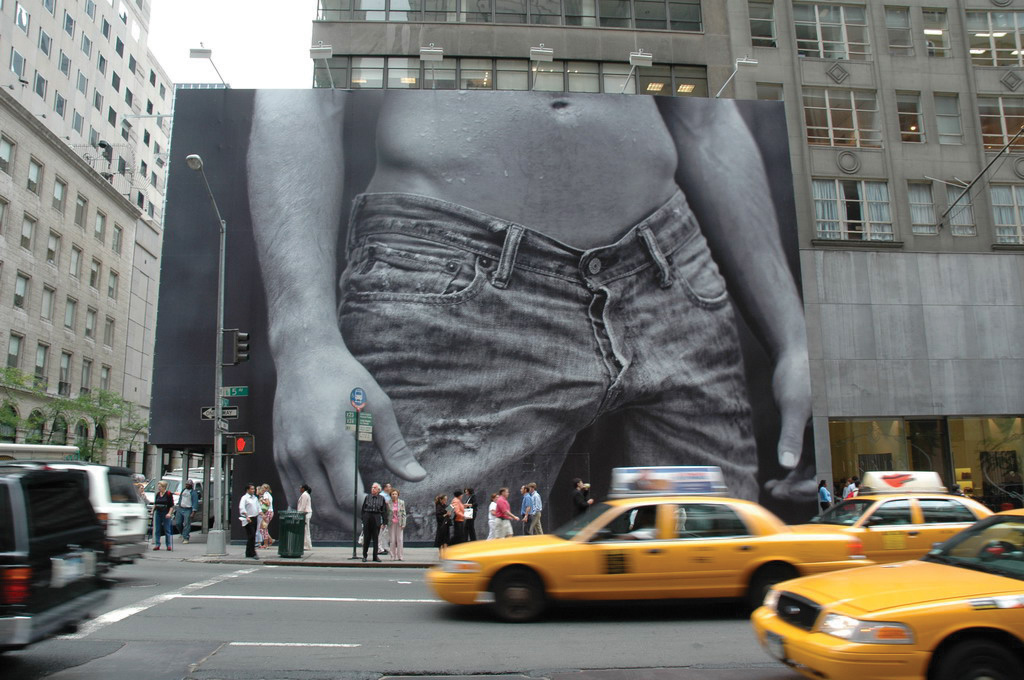This is “Employment Discrimination”, chapter 12 from the book Business and the Legal and Ethical Environment (v. 1.0). For details on it (including licensing), click here.
For more information on the source of this book, or why it is available for free, please see the project's home page. You can browse or download additional books there. To download a .zip file containing this book to use offline, simply click here.
Chapter 12 Employment Discrimination
Learning Objectives
Great strides have been made in recent decades in eliminating the smears of discrimination from many facets of society such as voting rights, property ownership, and education. In the workplace, however, systematic discrimination continues to take its toll on many. This chapter explores workplace discrimination and examines the legal remedies available to those who believe they may be victims of discrimination. After reading this chapter, you should be able to answer the following questions:
- What are the various civil rights statutes that govern employment discrimination?
- What legal theories govern recovery discrimination lawsuits?
- How can businesses steer clear of liability for discrimination?
Figure 12.1 An Abercrombie & Fitch Billboard in New York City

Source: Photo courtesy of FaceMePLS, http://www.flickr.com/photos/faceme/2536281153.
Figure 12.1 "An Abercrombie & Fitch Billboard in New York City" shows a billboard for Abercrombie & Fitch (or A&F, as it’s sometimes known), a clothing retailer. The Columbus, Ohio–based company generates nearly $2 billion in sales annually by selling clothes in retail locations throughout North America, Europe, and Asia. As the billboard suggests, A&F’s marketing concept (which it calls “Casual Luxury”) is based heavily on portraying a certain image. How would you characterize that image? If you used adjectives like athletic, young, all-American, sexy, or attractive, you would be correctly identifying the company’s strategy. The strategy works as it has helped the company generate hundreds of millions in profits for its shareholders.
A&F relies on a message that boils down to convincing its young consumers that by wearing A&F clothing, they will also be young, athletic, and attractive. If consumers don’t believe that message, they will likely abandon the brand for another in this hugely competitive segment. To maintain the authenticity of that marketing message, A&F rigorously hires only models that fit a certain image in print and Web advertising. It extends this practice to store workers so that any time a customer interacts with A&F, that brand image is reinforced.
Is it illegal for A&F to hire only “attractive” people to work in its stores? The answer is no, just as it’s not illegal for Vogue magazine to hire only attractive models, or for a cosmetics company to hire only salespeople with clear skin. Under the employment-at-willLegal doctrine that employees can be hired and fired at the will of the employer. doctrine, workers in the United States are free to work for whomever they want to (or not work at all), and employers are free to hire whomever they want to, and fire them at will. The vast majority of workers in the United States are covered by the at-will doctrine.
If you came in to work with green hair, you could be fired. If you came in to work with a visible body piercing or tattoo, you could be fired. If you get into an argument with your boss about whether baseball or basketball is a better sport, you could get fired. Companies can fire workers for smoking cigarettes, even at home. Companies can fire employees who say anything disparaging or negative about their bosses or the company, even on a private Facebook page. Narrow exceptions lie in the law, such as a company that enters into a written contract to hire a worker for a specified period of time. (Even then, many employment contracts specify at-will status for the worker.) If A&F wishes to engage in “looks-based” discrimination and refuses to hire workers who are overweight, ugly, or have pimples, then it is free to do so under U.S. law.
A problem arises, however, if “all-American casual luxury” starts to suspiciously become another way to say “all-white.” Many of A&F’s competitors, such as Gap, Aéropostale, American Eagle, and J. Crew, market their clothes on a similar “all-American” theme, but their models and store workers tend to look more diverse than those at A&F. If A&F is using its “beautiful people only” marketing to hide a more sinister plan to discriminate against racial minorities, then A&F is breaking the law.
Hyperlink: Abercrombie & Fitch Settles Discrimination Suit
http://www.npr.org/templates/story/story.php?storyId=4174147
In 2004 several former workers at A&F as well as job applicants denied employment filed a lawsuit against A&F for racial discrimination. The company paid $50 million to settle the claim and hired a vice president for diversity.
Discrimination, then, is not always illegal. A&F can discriminate against ugly people and Vogue can discriminate against fat people. When is discrimination illegal? Under what circumstances can employers draw lines of classification within the general population? When does a person fall into a protected classA legislatively created category of workers that are protected from unfavorable employment actions due to their membership in the protected class. that the law recognizes? What must a disappointed worker be able to prove to demonstrate illegal discrimination? In this chapter we’ll explore these issues so that as future business professionals, you’ll have a sense of what you can and cannot do when it comes to hiring, managing, and firing employees.
Key Takeaways
Workers in the United States are hired and fired at will, meaning they can be hired or fired for any reason and at any time. Workers in a protected class may be protected if they can demonstrate that they were discriminated against because they were members of a protected class.




